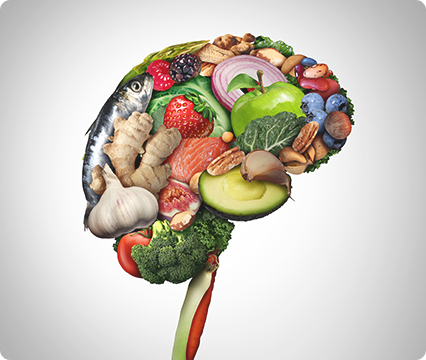Dietary patterns are associated with depressive symptoms among Chinese adults: A case-control study with propensity score matching
Dietary patterns and high depressive symptoms among Chinese adults
Among a Chinese population of 1,351, Xia et al. (2017) evaluated the relationship between dietary patterns and high depressive symptoms, using the Zung Self-Rating Depression Scale to measure manifestations of depression and define high depressive symptoms (score of 45+). The subjects were first matched with controls using the 1:1 ratio propensity score matching method. Next, dietary intake was assessed using a validated self-administered food frequency questionnaire. The study identified 3 dietary patterns that explained 25.1% of the total variance: the vegetables and fruits pattern; the sweets pattern; and the animal foods pattern. The subjects in the highest quartile of the vegetables and fruits pattern (also defined as a healthy pattern) showed fewer high depressive symptoms (OR = 0.65) compared to those in the lowest quartile. The sweets pattern and the animal foods pattern, however, correlated with increased prevalence of high depressive symptoms, with odds ratios of 1.33 and 1.79, respectively. The results reaffirmed the positive association between the sweets pattern and animal foods pattern with odds of high depressive symptoms. Other findings included a reduction in risk of depressive symptoms stemming from diets high in vegetables, fruits, soya bean products, and low in animal foods, candied fruits, cakes, ice cream, sugared beverages, and alcoholic drinks. [NPID: depression, vegetables, fruits, FV intake, vegetables and fruits pattern, sweets pattern, animal foods pattern]
Year: 2017
 Navigation
Navigation






